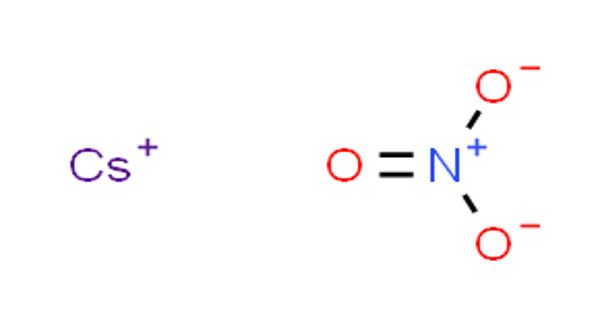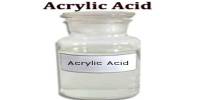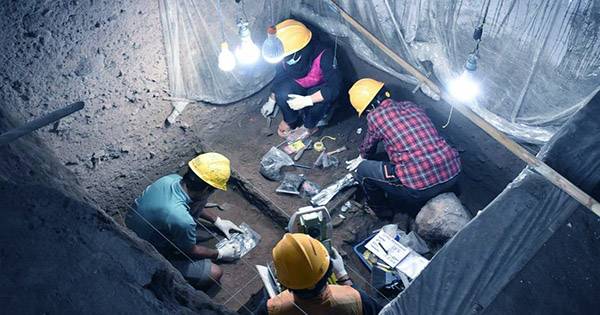Lutetium vanadate is an inorganic compound with ferromagnetic and semiconducting properties, with the chemical formula of Lu2V2O7 with the same structure as pyrochlore. It refers to a compound composed of lutetium, a rare earth element with the symbol Lu, and vanadate, which is a compound containing vanadium and oxygen. Each element contributes to the compound’s properties.
Lutetium is a member of the lanthanide series and is often used in various technological applications, including the production of certain types of catalysts and phosphors. Vanadate compounds, on the other hand, are known for their diverse properties and applications, ranging from their use in catalysis to their role as components in some types of batteries.
Preparation
Lutetium vanadate can be obtained by the reaction between lutetium oxide, vanadium trioxide and vanadium pentoxide at a high temperature (1400 °C) in an argon atmosphere with oxygen pressure of 2.0×10−5 bar.
2 Lu2O3 + V2O3 + V2O5 → 2 Lu2V2O7
Crystal Structure: Lutetium vanadate typically crystallizes in the zircon structure, which is a type of tetragonal crystal structure.
Properties
- Color: It can vary in color, but it is often yellow or green.
- Density: The density is approximately 7.10 g/cm³.
- Magnetic Properties: It is of interest in the field of materials science and physics due to its magnetic properties. It may exhibit magnetic behavior under certain conditions.
- Stability: It is generally stable under normal conditions but should be handled and stored according to standard laboratory practices.
- Synthesis: It can be synthesized through various methods, including solid-state reactions or hydrothermal methods. The specific synthesis route can influence the properties of the resulting material.
Applications
Lutetium vanadate is sometimes used in research and development for its unique properties, especially in the study of magnetic and electronic materials.
















